Muscle Strains - Torn Muscles and Strategies for Healing
Sept. 21, 2023 #Back Pain
What is a muscle strain?
A muscle strain is a pulled muscle, a condition characterized by damage or tearing of muscle fibers and tendons. It commonly occurs due to excessive or sudden stretching and sometimes due to overexertion.
Treatment options for muscle strains
Various therapies and treatments are available for muscle strains to reduce inflammation, promote healing, restore functionality and prevent future strains.
RICE method
The RICE method, which stands for Rest, Ice, Compression and Elevation, is a common approach used to treat muscle strains. Resting the injured muscle helps prevent further damage and allows the body to heal. Applying ice to the affected area can help reduce swelling and relieve pain. Compression, through the use of bandages or wraps, helps reduce swelling and provides support to the injured muscle. Elevating the injured limb above the heart level can also help reduce swelling.
Pain relievers
Pain relievers, such as non-steroidal anti-inflammatory drugs (NSAIDs) or acetaminophen, can be used to alleviate discomfort associated with muscle strains. These medications help reduce pain and inflammation, allowing for improved mobility and comfort during the recovery process. It is important to follow the recommended dosage and consult a healthcare professional before taking any medication.
Physical therapy
Physical therapy is beneficial to the recovery process of muscle strains. A qualified physical therapist can provide targeted exercises, stretches and techniques to help improve mobility, and strength. Physical therapy helps restore functionality and prevents future strains by addressing any muscular imbalances or weaknesses.
Surgery
In severe cases where the muscle strain is severe or if there is a complete rupture of the muscle or tendon, surgery may be necessary to repair the damaged tissues. Surgical intervention aims to reconstruct the torn muscle or tendon, restoring its integrity and functionality. This option is usually considered when conservative treatment methods have not been successful or when there is a significant loss of function.
Goals of muscle strain treatment
The primary goals of treating muscle strains are to reduce inflammation, promote healing, restore functionality and prevent future strains. By addressing these goals, individuals can recover from muscle strains and return to their regular activities.
Rest
Resting the affected muscle is an essential aspect of muscle strain treatment. It allows the muscle to heal and prevents further damage. Resting may involve avoiding activities that aggravate the injury, using crutches or slings to limit weight-bearing.
Ice
Applying ice packs to the injured muscle, helps constrict blood vessels, reduce blood flow and minimize inflammation. It should be applied for 15-20 minutes at a time, several times a day. It is essential to use a barrier, such as a cloth or towel, between the ice pack and the skin to prevent ice burn.
Compression
Compression with a bandage provides support to the injured muscle and helps reduce swelling. It helps restrict fluid buildup and minimizes movement, which can further irritate the injured muscle. When applying compression, it is important not to wrap the bandage too tightly, as it can impede circulation. The bandage should be snug but not constricting.
Elevation
Elevating the injured limb above the heart level can help reduce swelling. Keeping the affected area elevated allows gravity to assist in draining excess fluid from the injured muscle, reducing inflammation. Elevation is particularly effective when combined with other treatments such as rest, ice, and compression.
By following these guidelines for muscle strain treatment, individuals can effectively manage their symptoms, promote healing, and prevent future strains. It is important to consult a healthcare professional for an accurate diagnosis and appropriate treatment plan for your specific condition.
Prevention of Muscle Strains
To prevent muscle strains, it is important to take steps to minimize the risk of injury and promote muscle health. By following these guidelines, individuals can reduce the likelihood of experiencing muscle strains and maintain their physical well-being.
Warm Up Before Physical Activity
Before engaging in any physical activity or exercise, it is crucial to warm up the muscles. A proper warm-up routine prepares the muscles for increased activity, gradually increasing blood flow and flexibility. This can be done through activities such as jogging in place, dynamic stretching exercises, or light cardio exercises. Warming up helps to loosen the muscles, making them more resistant to strain and injury.
Maintain Proper Form and Technique
Using correct form and technique while exercising or performing physical tasks can significantly reduce the risk of muscle strains. It is important to learn and practice the proper form for each exercise to ensure that the targeted muscles are activated and other muscles are not strained.
Gradually Increase Exercise Intensity and Duration
Avoiding sudden increases in exercise intensity or duration can help prevent muscle strains. It is essential to gradually progress in terms of intensity, duration, and frequency of physical activities. This allows the muscles to adapt and become stronger over time, reducing the risk of strain. Gradual progression also helps prevent overexertion and fatigue, which can lead to muscle imbalances and increased susceptibility to strains.
Stretching and Strength Exercises
Incorporating regular stretching and strength exercises into a fitness routine can improve muscle flexibility and reduce the risk of strains. Dynamic stretching before exercise helps warm up and prepare the muscles for activity, while static stretching after exercise helps cool down and maintain flexibility. Strength exercises, particularly targeting the muscles most commonly used in activities, help build muscle strength and stability, reducing the risk of strain.
Use Protective Equipment
Using appropriate protective equipment can play a crucial role in preventing muscle strains and injuries. Supportive footwear with proper arch support and cushioning can help absorb shock and reduce strain on the muscles. Additionally, using braces or supports for vulnerable or previously injured muscles can provide extra stability and protection. Wearing protective gear specific to certain activities, such as helmets or knee pads, can also help prevent injuries that can lead to muscle strains.
By following these prevention strategies, individuals can minimize the occurrence of muscle strains and promote overall muscle health. It is important to remember that everyone's body is different, and consulting with a healthcare professional or physical therapist can provide personalized recommendations for injury prevention and muscle care.

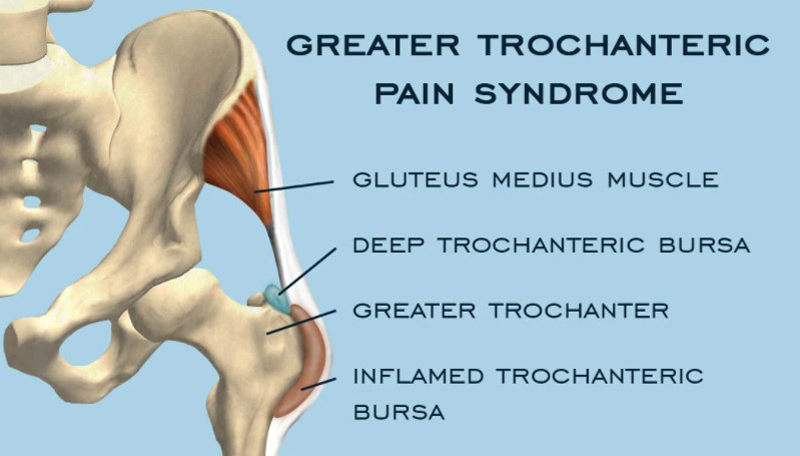
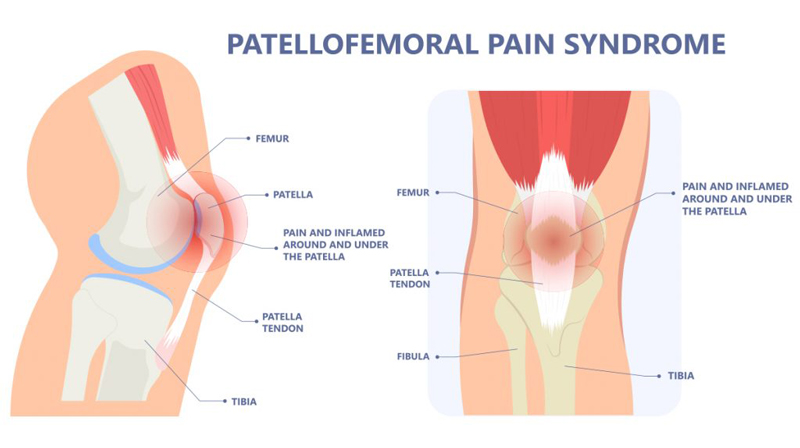




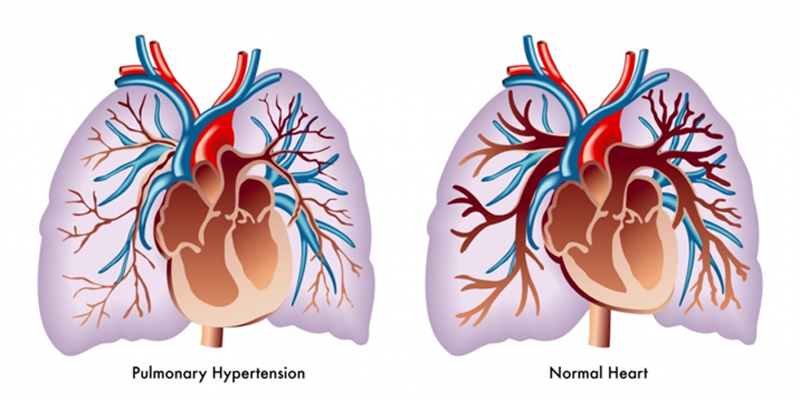
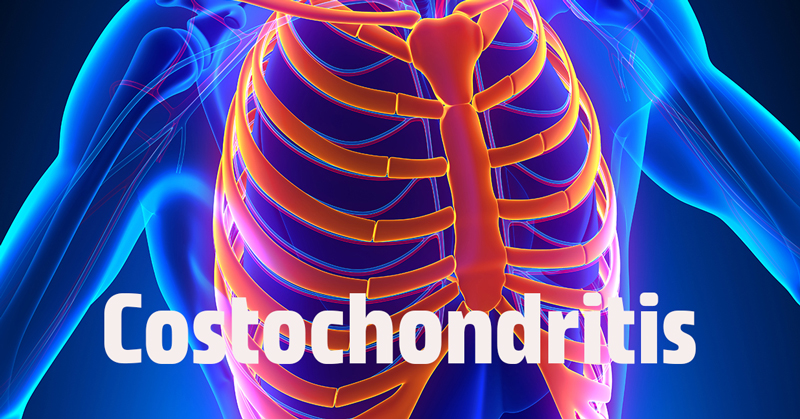
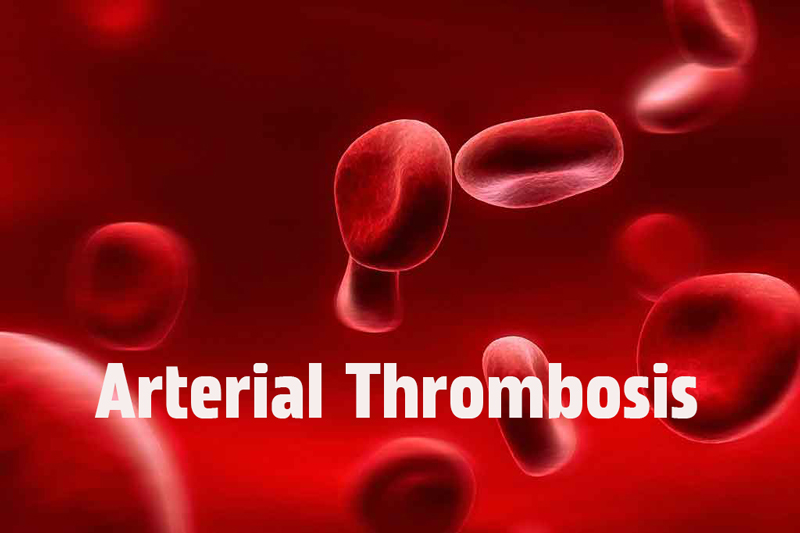
COMMENTS